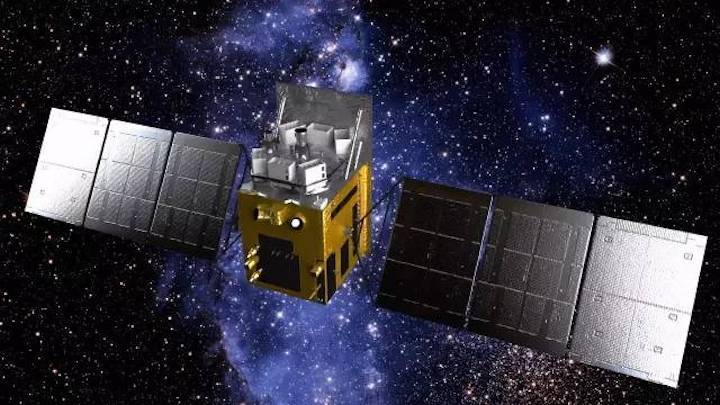13.09.2020

Using China's Hard X-ray Modulation Telescope (HXMT), a team of scientists has discovered the strongest magnetic field ever observed in the universe.
This work was conducted by scientists from the Institute of High Energy Physics under the Chinese Academy of Sciences and the Eberhard Karls University of Tübingen in Germany. Results were published in the Astrophysical Journal Letters in August.
According to the Chinese institute, the team discovered the magnetic field on the surface of a neutron star, designated GRO J1008-57.
Neutron stars have the strongest magnetic fields in the universe. Neutron star X-ray binaries are systems consisting of a neutron star and a normal stellar companion. The neutron star accretes matter and forms a surrounding accretion disk. If the magnetic field is strong, the accreted matter will fall onto the surface of the neutron star along magnetic lines, resulting in X-ray radiations that can be detected by telescopes.
These X-ray sources are also called "pulsars." During an outburst in August 2017, the team observed the pulsar using the HXMT and found, for the first time, a cyclotron resonant scattering feature (CRSF), which was measured at an energy of 90 keV.
They calculated that the magnetic field that corresponded to this CRSF would be as high as 1 billion Tesla, which is tens of millions of times stronger than what can be generated in any laboratory on Earth.
Dubbed Insight, the HXMT is China's first X-ray astronomical satellite. Scientific payloads include a high-energy telescope, a medium-energy telescope, a low-energy telescope, and a space environment monitor. The satellite was proposed by the Chinese institute in 1993 and was launched in June 2017.
Compared with X-ray satellites of other countries, the HXMT has a larger detection area, covering a broad energy band from 1 keV to 250 keV. This gives it advantages in observing neutron stars emitting X-rays, the scientists said. Enditem
Quelle: Xinhua
